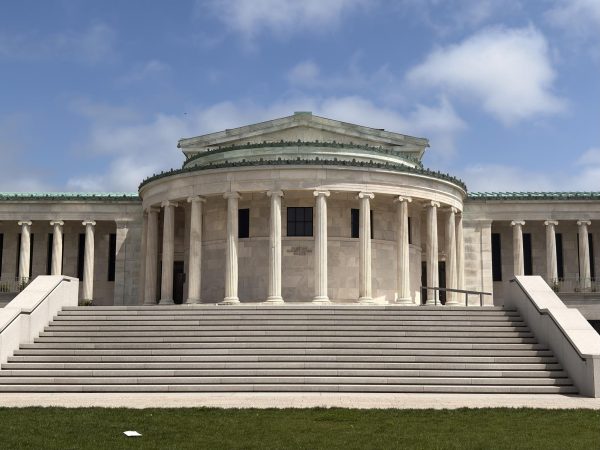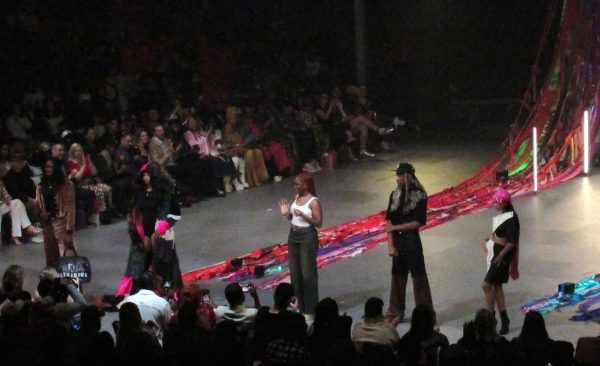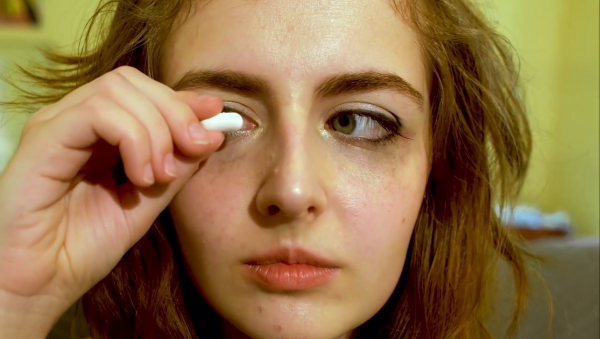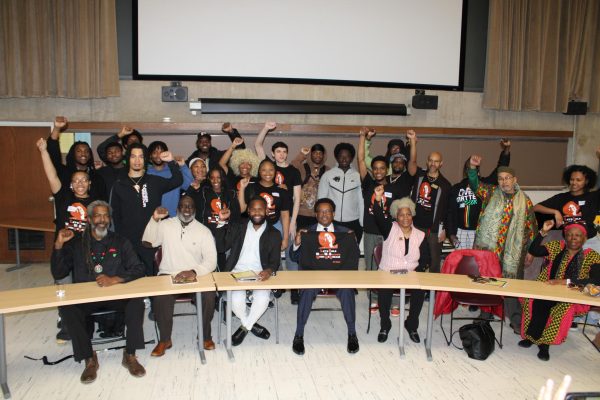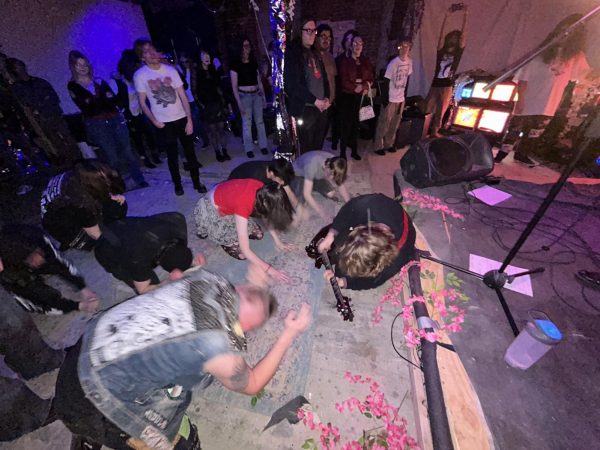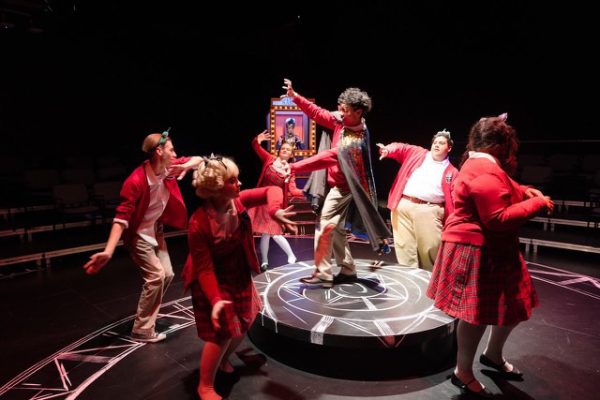Shamans practice spiritual healing in suburban setting
It is evident from a walk down the grocery aisle to a conversation about health with friends that our cultural views about health are shifting and changing. Everywhere we go, labels like “natural,” “organic,” and “thanks for shopping local” are slapped on products in at least a few aisles.
People everywhere are more conscious about living healthier and more natural, community-focused lives, and this includes college students. By nature, college students frequently experience stress as a result of busy schedules, workload, and social pressures to fit in and also be themselves. Not only are they seeking better eating and living habits, they are also pursing different spiritualties.
So can they possibly benefit from shamanic practice?
Shamanic practitioners Paula and Andrew Schenk are a mother-son team that specializes in modern shamanic practice and energy healing techniques.
The basis of shamanic energy healing practice and techniques are the belief that problems arise in people’s lives from unhealed emotions or traumas.
“Shamanism is a way of being in the world,” said Paula Schenk.
Paula turned to shamanism following a debilitating car accident. Doctors suggested surgeries and sent her to a pain management specialist. Paula didn’t like the idea of relying on heavy pain medications, and thus began her study into shamanic healing.
Andrew suffered from panic attacks as a result of extreme stress. Specialists prescribed various medications, without much success. He noticed that his mother had received great results with her shamanic studies, and he asked for help. Impressed by the results, he began his.
The Schenks utilize different methods from their repertoire, depending on the issue at hand. Possible techniques include illumination, soul retrieval, energy extraction, mythic mapping and divination.
Andrew believes Western medicine focuses on treatment of symptoms, whereas shamanic practice delves directly into the root of the problem.
“The shamanic techniques and the wisdom involved with shamanism—to me is the missing link to healthcare,” said Andrew.
The Schenks have interesting backgrounds. Paula spent many years as a teacher, and Andrew worked as physical therapist in a hospital setting for over 10 years.
They received their training from Dr. Alberto Villoldo’s Four Winds Society. Dr. Villoldo began his career as a psychologist and anthropologist, and spent 30 years studying the shamanic practices of the Laika people of South America. He incorporated this study into the curriculum of Four Winds Society’s energy healing program for shamanic practitioners.
Following his training, Andrew and Paula founded New Way Old Way, a modern shamanic practice. The Schenks perform their services in an inviting and dimly lit space.
Within this space sit a bed and two armchairs, crimson-colored and hinting at a South American motif. Soothing music plays in the background, placing a peaceful blanket over the scene.
The techniques used within the calming space can help students manage their stress, but there are easy ways to de-stress outside as well. Andrew and Paula recommend practicing the “No Mind,” technique, which is any activity that makes one feel joyful.
Shamanic practice is within reach for Buffalo State students, both physically and financially. The Schenks offer a reduced rate for their services to college students.
New Way Old Way shamanic practice is located at 3435 Harlem Road, in Cheektowaga, New York.
Email: [email protected]


